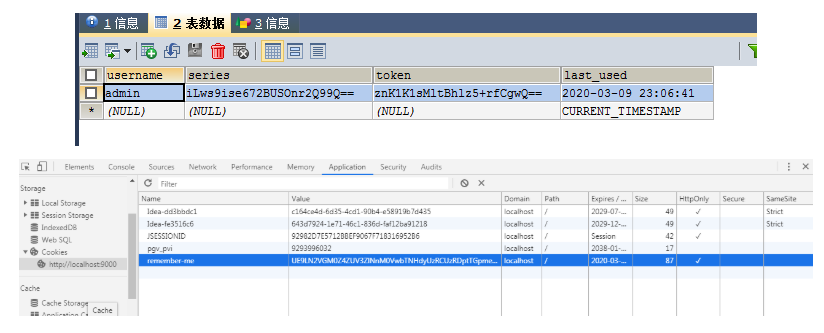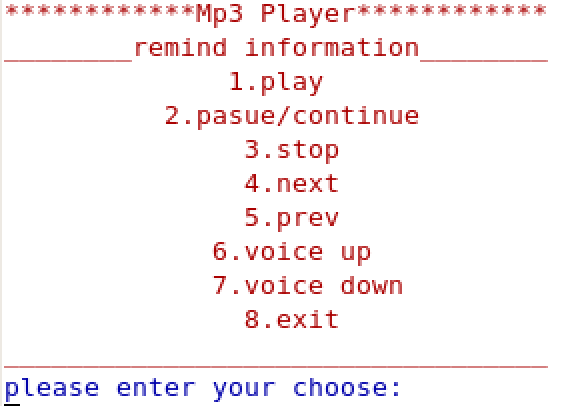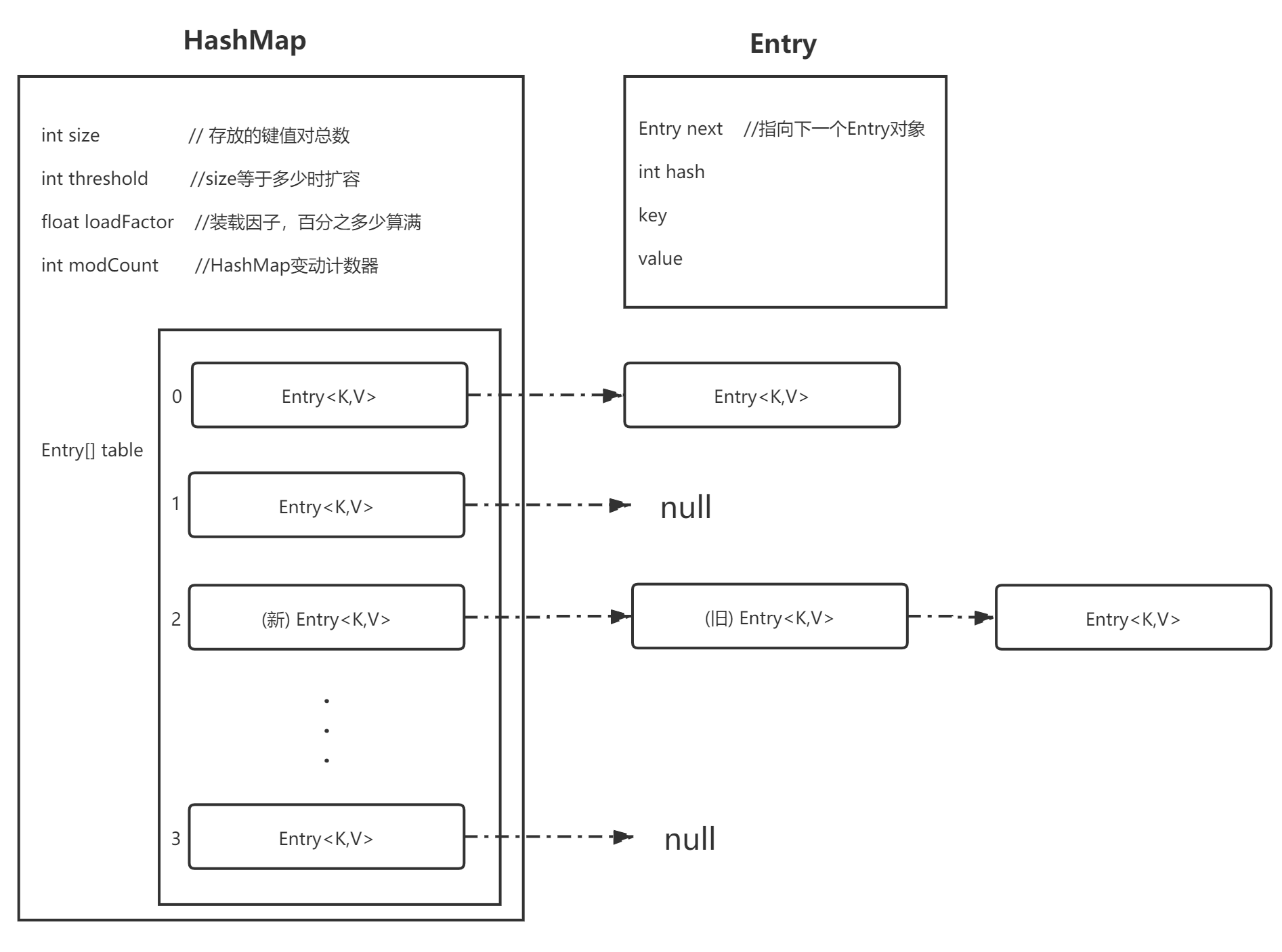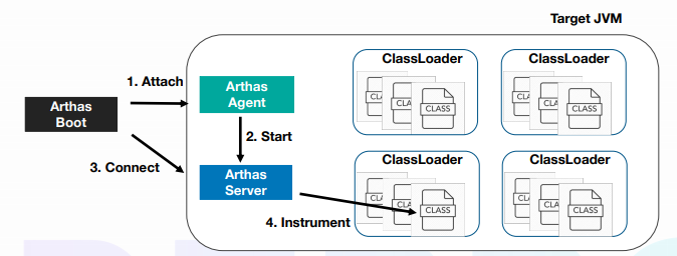目标检测-mAP测试
个人微信公众号

keras-yolov3源码
git clone https://github.com/qqwweee/keras-yolo3.git
目录
- 测试图片的准备
- 数据标签文件的格式转换(XML转换为txt格式)
- 模型对测试图片的检测以及检测结果坐标文件的生成
- MAP测试
- 结果
说明:
- 本次试验中,map的测试采用的是人脸图片数据;
- 本试验中模型的训练/MAP测试只使用了部分试验数据,因此,最后的MAP值并不高,仅供参考;
一、测试图片准备
1:首先,从GitHub上下载相关的代码,并保存到keras_yolo项目文件夹内;
git clone https://github.com/Cartucho/mAP
2:进入mAP子目录,将需要测试的图片以及图片对应的XML文件放置对应的文件夹内;
测试图片放入的目录为: mAP/input/images-optional
图片对应的XML放入的目录为:mAP/input/ground-truth
二、 测试图片的标签格式转换(.txt)
本次测试中,数据格式是的VOC格式,查询文件中Readme发现,有现成的代码可用,无需做修改;
打开终端,进入子目录、运行代码:
cd mAP/scripts/extrapython convert_gt_xml.py
代码运行完后,测试数据的GT坐标会保存在对应的txt文件内,XML文件会另存在目录中的backup文件夹内;
三、 模型对测试图片进行测试并生成结果坐标信息保存至txt文件
1.测试代码如下,需放置在keras_yolo/ 项目文件夹下,与yolo_video.py在同级目录;
2.运行代码,将会生成对应的测试结果并保存在指定的目录中;
python yolo_detect.py
# -*- coding: utf-8 -*-"""Class definition of YOLO_v3 style detection model on image and video"""import colorsysimport osimport sysfrom timeit import default_timer as timerimport numpy as npfrom keras import backend as Kfrom keras.models import load_modelfrom keras.layers import Inputfrom PIL import Image, ImageFont, ImageDrawfrom yolo3.model import yolo_eval, yolo_body, tiny_yolo_bodyfrom yolo3.utils import letterbox_imageimport osfrom keras.utils import multi_gpu_modelclass YOLO(object):_defaults = {"model_path": '/your/path/to/keras-yolo3/model_data/face_h5/face.h5', ##训练好的模型的路径"anchors_path": 'model_data/tiny_yolo_anchors.txt',"classes_path": 'model_data/face.txt',"score" : 0.3,"iou" : 0.45,"model_image_size" : (416, 416),"gpu_num" : 0}@classmethoddef get_defaults(cls, n):if n in cls._defaults:return cls._defaults[n]else:return "Unrecognized attribute name '" + n + "'"def __init__(self, **kwargs):self.__dict__.update(self._defaults) # set up default valuesself.__dict__.update(kwargs) # and update with user overridesself.class_names = self._get_class()self.anchors = self._get_anchors()self.sess = K.get_session()self.boxes, self.scores, self.classes = self.generate()def _get_class(self):classes_path = os.path.expanduser(self.classes_path)with open(classes_path) as f:class_names = f.readlines()class_names = [c.strip() for c in class_names]return class_namesdef _get_anchors(self):anchors_path = os.path.expanduser(self.anchors_path)with open(anchors_path) as f:anchors = f.readline()anchors = [float(x) for x in anchors.split(',')]return np.array(anchors).reshape(-1, 2)def generate(self):model_path = os.path.expanduser(self.model_path)assert model_path.endswith('.h5'), 'Keras model or weights must be a .h5 file.'# Load model, or construct model and load weights.num_anchors = len(self.anchors)num_classes = len(self.class_names)is_tiny_version = num_anchors==6 # default settingtry:self.yolo_model = load_model(model_path, compile=False)except:self.yolo_model = tiny_yolo_body(Input(shape=(None,None,3)), num_anchors//2, num_classes) \if is_tiny_version else yolo_body(Input(shape=(None,None,3)), num_anchors//3, num_classes)self.yolo_model.load_weights(self.model_path) # make sure model, anchors and classes matchelse:assert self.yolo_model.layers[-1].output_shape[-1] == \num_anchors/len(self.yolo_model.output) * (num_classes + 5), \'Mismatch between model and given anchor and class sizes'print('{} model, anchors, and classes loaded.'.format(model_path))# Generate colors for drawing bounding boxes.hsv_tuples = [(x / len(self.class_names), 1., 1.)for x in range(len(self.class_names))]self.colors = list(map(lambda x: colorsys.hsv_to_rgb(*x), hsv_tuples))self.colors = list(map(lambda x: (int(x[0] * 255), int(x[1] * 255), int(x[2] * 255)),self.colors))np.random.seed(10101) # Fixed seed for consistent colors across runs.np.random.shuffle(self.colors) # Shuffle colors to decorrelate adjacent classes.np.random.seed(None) # Reset seed to default.# Generate output tensor targets for filtered bounding boxes.self.input_image_shape = K.placeholder(shape=(2, ))if self.gpu_num>=2:self.yolo_model = multi_gpu_model(self.yolo_model, gpus=self.gpu_num)boxes, scores, classes = yolo_eval(self.yolo_model.output, self.anchors,len(self.class_names), self.input_image_shape,score_threshold=self.score, iou_threshold=self.iou)return boxes, scores, classesdef detect_image(self, image):start = timer()if self.model_image_size != (None, None):assert self.model_image_size[0]%32 == 0, 'Multiples of 32 required'assert self.model_image_size[1]%32 == 0, 'Multiples of 32 required'boxed_image = letterbox_image(image, tuple(reversed(self.model_image_size)))else:new_image_size = (image.width - (image.width % 32),image.height - (image.height % 32))boxed_image = letterbox_image(image, new_image_size)image_data = np.array(boxed_image, dtype='float32')print(image_data.shape)image_data /= 255.image_data = np.expand_dims(image_data, 0) # Add batch dimension.out_boxes, out_scores, out_classes = self.sess.run([self.boxes, self.scores, self.classes],feed_dict={self.yolo_model.input: image_data,self.input_image_shape: [image.size[1], image.size[0]],K.learning_phase(): 0})print('Found {} boxes for {}'.format(len(out_boxes), 'img'))font = ImageFont.truetype(font='font/FiraMono-Medium.otf',size=np.floor(3e-2 * image.size[1] + 0.5).astype('int32'))thickness = (image.size[0] + image.size[1]) // 300for i, c in reversed(list(enumerate(out_classes))):predicted_class = self.class_names[c]box = out_boxes[i]score = out_scores[i]label = '{} {:.2f}'.format(predicted_class, score)draw = ImageDraw.Draw(image)label_size = draw.textsize(label, font)top, left, bottom, right = boxtop = max(0, np.floor(top + 0.5).astype('int32'))left = max(0, np.floor(left + 0.5).astype('int32'))bottom = min(image.size[1], np.floor(bottom + 0.5).astype('int32'))right = min(image.size[0], np.floor(right + 0.5).astype('int32'))print(label, (left, top), (right, bottom))#new_f=open("/home/shan/xws/pro/keras-yolo3/detection-results/"+tmp_file.replace(".jpg", ".txt"), "a")new_f.write("%s %s %s %s %s\n" % (label, left, top, right, bottom))if top - label_size[1] >= 0:text_origin = np.array([left, top - label_size[1]])else:text_origin = np.array([left, top + 1])# My kingdom for a good redistributable image drawing library.for i in range(thickness):draw.rectangle([left + i, top + i, right - i, bottom - i],outline=self.colors[c])draw.rectangle([tuple(text_origin), tuple(text_origin + label_size)],fill=self.colors[c])draw.text(text_origin, label, fill=(0, 0, 0), font=font)del drawend = timer()print(end - start)return imagedef close_session(self):self.sess.close()if __name__ == '__main__':# yolo=YOLO()# path = '1.jpg'# try:# image = Image.open(path)# except:# print('Open Error! Try again!')# else:# r_image = yolo.detect_image(image)# r_image.show()# yolo.close_session()#strat1=timer()dirname="/your/path/to/map/input/image-optional/" ##该目录为测试照片的存储路径,每次测试照片的数量可以自己设定path=os.path.join(dirname)pic_list=os.listdir(path)count=0yolo=YOLO()for filename in pic_list:tmp_file=pic_list[count]new_f=open("/your/path/to/map/input/detection-results/"+tmp_file.replace(".jpg", ".txt"), "a") #预测坐标生成txt文件保存的路径abs_path=path+pic_list[count]image = Image.open(abs_path)r_image = yolo.detect_image(image)count=count+1#end1=timer()print(count)yolo.close_session()
四、 MAP结果测试
python main.py
五、 MAP结果(一类/部分少量数据测试结果)

参考链接
- YoloV3_Keras模型MAP测试
- Keras_Yolov3 实现人脸检测



































还没有评论,来说两句吧...